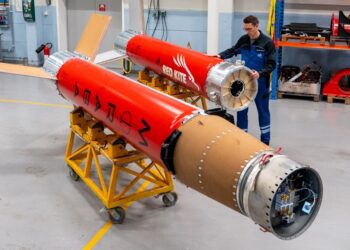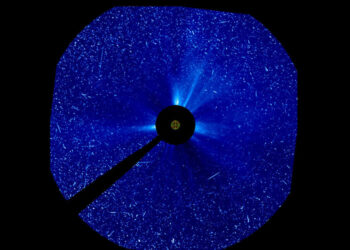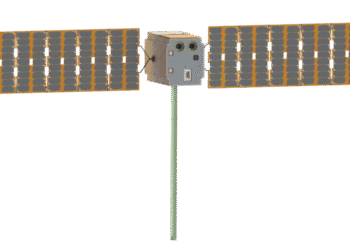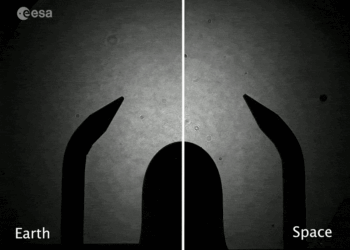NASA’s new compact radar technology is creating significant advancements in both airborne and suborbital observations. This cutting-edge development offers a lighter and more versatile alternative to traditional radar systems, thus enabling a range of new research opportunities and capabilities.
The compact radar system is designed to be affordable and easily integrated with existing platforms. This transformation facilitates more frequent deployments and data collection across diverse terrains and environments. By leveraging this technology, researchers can conduct detailed studies, improve weather forecasts, and enhance Earth’s system models with greater efficiency.
Key advantages of this system include its ability to measure important atmospheric parameters precisely and monitor surface conditions with high resolution. Test flights have already demonstrated the system’s potential in providing quality data while reducing operational costs and logistical challenges.
The implications for science and technology are vast, encompassing various fields such as climate modeling, agricultural monitoring, and disaster response. As this radar technology continues to evolve, it promises to offer richer and more accessible data for scientists and policymakers alike.
For more information, visit the official NASA source.






















